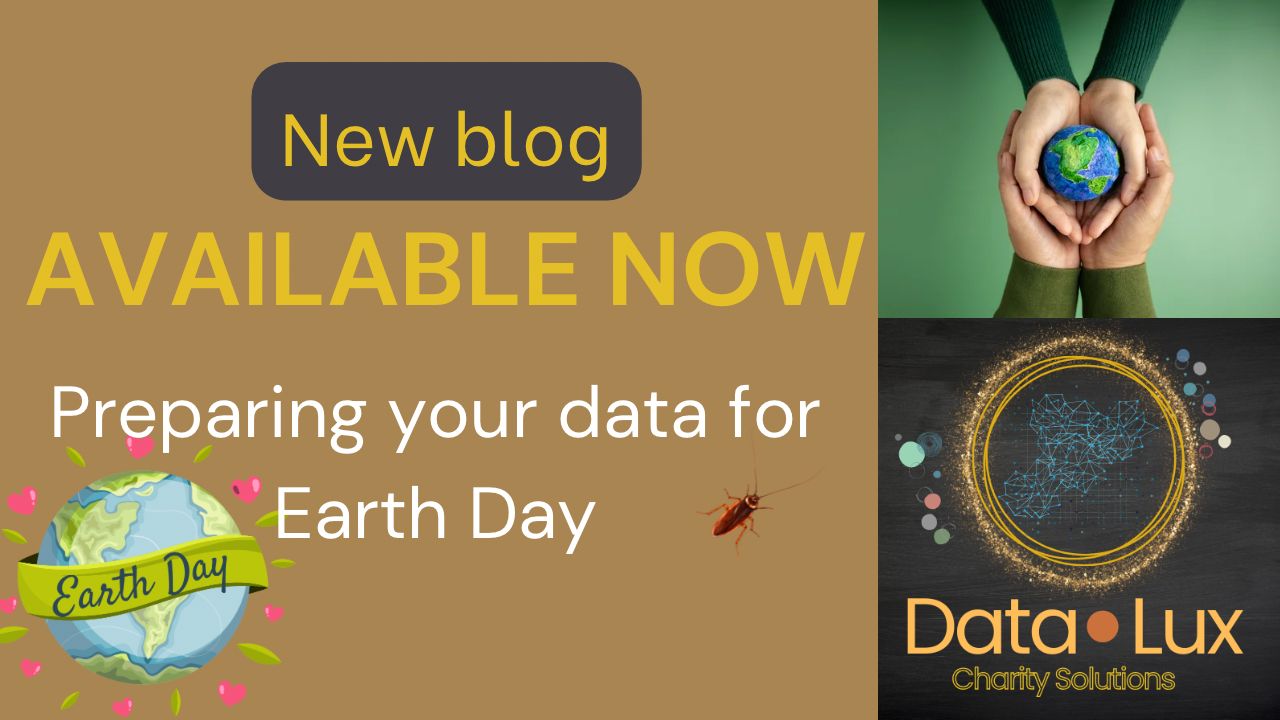In an increasingly competitive funding landscape, charities and non-profits must present strong, evidence-based cases to secure financial support. Funders are looking for clear proof of impact, and the ability to demonstrate measurable outcomes can make all the difference. This is where client data plays a crucial role.
The Power of Data in Funding Bids
Funders want to see tangible results from the projects they support. Client data provides the evidence needed to prove a charity’s effectiveness and demonstrate that its services are making a real difference. This data can help organisations:
- Identify trends in service usage and beneficiary demographics
- Showcase measurable outcomes and impact
- Strengthen the case for continued or increased funding
- Highlight areas of growth and need
Without robust data, funding bids risk being vague or unconvincing. However, data alone is not enough—it must be well-structured, relevant, and, most importantly, clean.
Why Clean Data Matters
Dirty or disorganised data can weaken a funding bid by presenting inaccurate or misleading information. In contrast, clean data —accurate, complete, and properly formatted—ensures credibility and clarity. High-quality data allows charities to:
- Provide reliable statistics that funders can trust
- Avoid inconsistencies that may raise doubts about reporting integrity
- Save time by reducing the need for manual data cleaning and verification
- Make data-driven decisions that align with funders’ priorities
Using Data Effectively in Funding Applications
To maximise the impact of client data in funding bids, charities should follow best practices for data collection and analysis. Key steps include:
1. Collecting the Right Data
Funders are interested in specific metrics that align with their objectives. For example, health-focused grants may require data on service users’ well-being improvements, while education grants may prioritise learning outcomes. Understanding funders’ criteria ensures data collection efforts are focused and relevant.
2. Ensuring Data Accuracy and Consistency
Inaccurate or inconsistent data can undermine credibility. Regular audits, automated validation tools, and staff training on data entry best practices help maintain data integrity.
3. Segmenting and Analysing Data
Breaking data into meaningful categories—such as age groups, geographical locations, or service engagement levels—provides deeper insights into service impact. Analytical tools like Power BI or Google Data Studio can help transform raw data into compelling visual reports.
4. Presenting Data Effectively
Raw numbers can be overwhelming, so it is essential to present data in a way that tells a clear story. Graphs, infographics, and case studies can bring data to life, making funding bids more engaging and persuasive.
Real-World Impact of Clean Data in Fundraising
According to a study by the Data & Marketing Association (DMA), organisations that prioritise data accuracy achieve an average of 28% better financial performance compared to those that do not. This finding highlights the direct correlation between clean data and successful funding outcomes.
Furthermore, a 2023 report from the National Council for Voluntary Organisations (NCVO) found that charities using data-driven decision-making were 40% more likely to secure long-term funding agreements.
If you need support in making the most of your client data for funding bids, get in touch with our team today.



